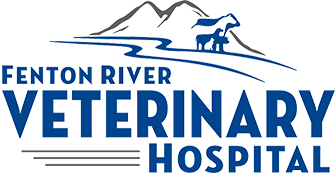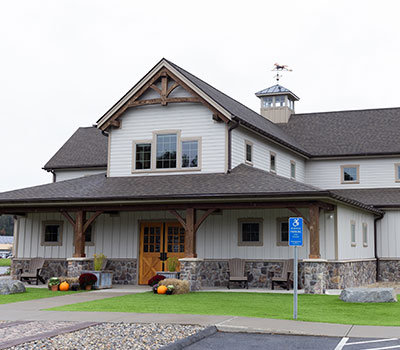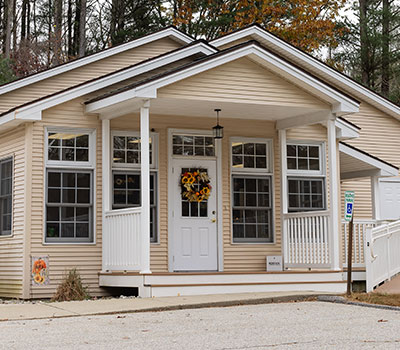Dental care is just as important for dogs and cats as it is for humans. Preventing oral bacterial growth and periodontal disease with regular dental care can keep your pet in good health for many years. If dental care is ignored, your pet could be in the over 85% of dogs and cats that have some type of periodontal disease. Periodontal disease simply means that the gums and bone that hold the teeth in place are being destroyed by oral bacteria. This preventable disease is the number one diagnosed disease in our pets.
It begins with gingivitis, or inflammation of the gum tissue, which is caused by plaque. Plaque is a mixture of saliva, bacteria, glycoproteins, and sugars that adhere to the tooth surface. Eventually this hardens to become calculus or tartar. Calculus by itself is nonpathogenic – it does not cause disease. However, it does create a rough surface for more plaque to adhere to, and pushes the gums away from the teeth, which increases surface area for more plaque to adhere.
Eventually, the supporting structures of the tooth (bone, tissue, periodontal ligament) are destroyed and the tooth becomes mobile and will either fall out on its own or need to be extracted. Signs of periodontal disease are bad breath (halitosis), reluctancy to eat, chewing on one side of the mouth, dropping food, pawing at the face or rubbing the face on the floor, drooling, becoming head shy, and a painful mouth/face. Periodontal disease and oral bacteria can easily affect other organ systems including the heart, liver, kidneys, lungs and brain.
Veterinarians recommend the following care for pets:
STEP 1: Bring your pet in for a dental exam. Don’t wait for his annual checkup if you suspect a problem.
STEP 2: Begin a dental care regimen at home. Brushing your pet’s teeth daily is very important. We also recommend using a specially formulated dental rinse, and dental chews and food.
STEP 3: Schedule your pet for an annual teeth cleaning with x-rays. This ensures we are catching any disease early enough to treat.






